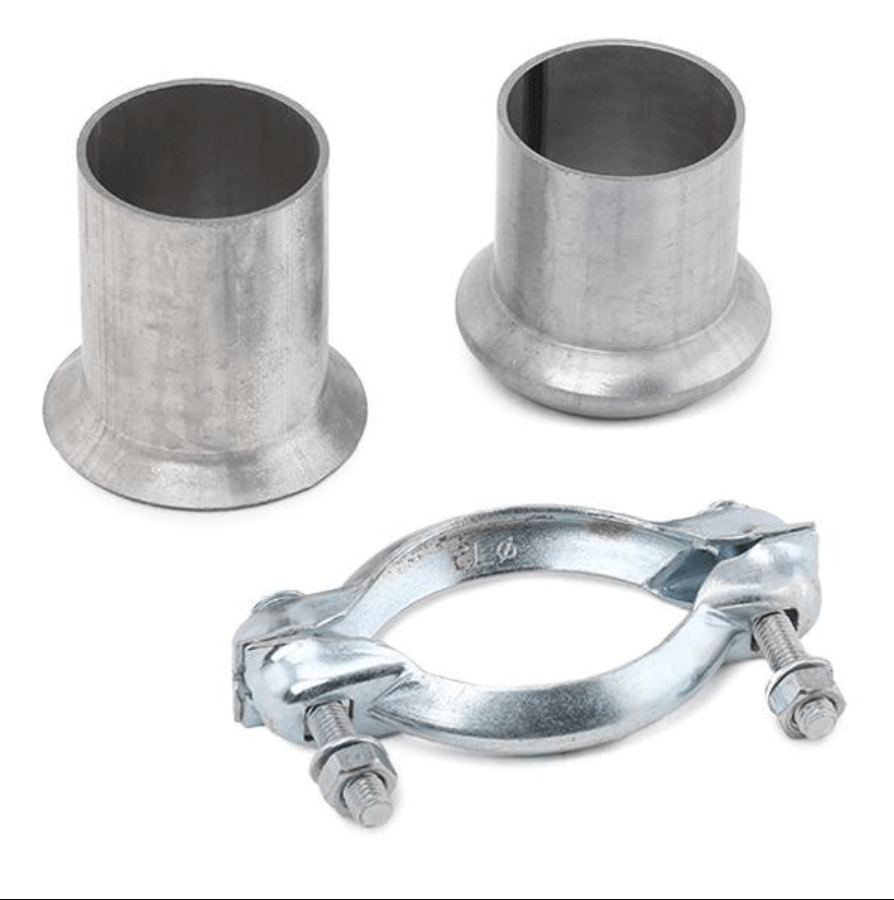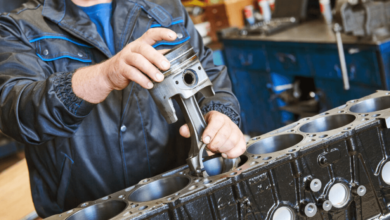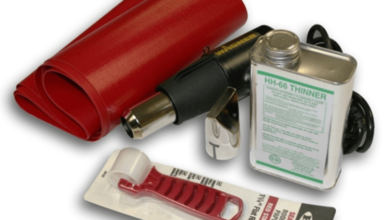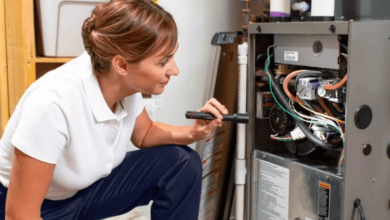Guide to Exhaust Repair Kit: Fixing Your Vehicle’s Exhaust Hassles

When it comes to car maintenance, one critical component that often gets overlooked is the exhaust system. Your vehicle’s exhaust plays a crucial role in ensuring that harmful gases are safely directed away from the engine and cabin. However, wear and tear can take a toll on this essential part of your car over time. That’s where repair kits come to the rescue. In this comprehensive guide, we’ll explore everything you need to know about exhaust repair kit, from their types and benefits to how to use them effectively.
1. Understanding Exhaust System Basics
1.1 What Is the Exhaust System?
Your vehicle’s exhaust system is a network of pipes, mufflers, and catalytic converters designed to guide harmful exhaust gases away from the engine and out of the tailpipe. It consists of several components, each serving a specific purpose in reducing emissions and noise.
1.2 Why Is Exhaust Maintenance Important?
Regular maintenance of your exhaust system is crucial to ensure the efficient operation of your vehicle. A well-maintained exhaust system:
- Reduces harmful emissions
- Improves fuel efficiency
- Minimizes engine noise
- Enhances overall engine performance
2. Types of Exhaust Problems
2.1 Common Exhaust Issues
Exhaust problems can manifest in various ways, including:
- Exhaust Leaks: Holes or cracks in the exhaust pipes.
- Rust and Corrosion: Common in older vehicles and in regions with harsh climates.
- Broken Hangers: Resulting in a sagging or misaligned exhaust system.
- Catalytic Converter Failure: Reducing emission control efficiency.
- Excessive Noise: Caused by damaged mufflers or resonators.
2.2 Signs of Exhaust Problems
Keep an eye out for these signs indicating potential exhaust system issues:
- Unusual engine noise
- Reduced fuel efficiency
- Strong exhaust odors
- Vibrations or rattling under the car
- Dashboard warning lights
3. The Exhaust Repair Kit: Your Solution
3.1 What Is an Exhaust Repair Kit?
An exhaust repair kit is a cost-effective solution designed to address common exhaust system problems. These kits typically include materials like epoxy putty, heat-resistant tape, clamps, and patches that help repair damaged components.
3.2 Different Types of Exhaust Repair
Exhaust repair come in various types, including temporary and permanent solutions. Temporary kits are ideal for quick fixes, while permanent kits offer a more robust and lasting repair.
4. Benefits of Using an Exhaust Repair Kit
4.1 Cost-Effective Solution
Exhaust repair are significantly more affordable than replacing entire exhaust components. They provide a budget-friendly option for addressing minor to moderate issues.
4.2 Extended Lifespan of the Exhaust System
By promptly repairing minor damages, you can extend the life of your exhaust system and delay costly replacements.
4.3 Improved Fuel Efficiency
A properly functioning exhaust system contributes to better fuel efficiency, saving you money at the pump.
5. Step-by-Step Guide to Using an Repair Kit
5.1 Safety Precautions
Before you begin, ensure you have the necessary safety gear, such as gloves and eye protection.
5.2 Required Tools and Materials
Gather the tools and materials included in your repair kit, including the epoxy putty, clamps, and heat-resistant tape.
5.3 Step 1: Identify the Problem
Thoroughly inspect your exhaust system to pinpoint the exact location of the damage.
5.4 Step 2: Prepare the Area
Clean and sand the damaged area to ensure a secure bond with the repair materials.
5.5 Step 3: Apply the Repair Kit
Follow the kit’s instructions to apply the epoxy putty, patch, or tape to the damaged area.
5.6 Step 4: Allow for Proper Curing
Give the repair materials adequate time to cure and harden as per the manufacturer’s guidelines.
5.7 Step 5: Test the Repair
Start your vehicle and listen for any leaks or unusual noises. Ensure the repair is holding up under normal driving conditions.
6. When to Seek Professional Help
6.1 Complex Exhaust Issues
For complex problems, such as catalytic converter failures or severe rust, it’s best to consult a professional mechanic.
6.2 Importance of Professional Inspection
Regular inspections by a qualified technician can help detect exhaust issues before they become major problems, ensuring your safety on the road.
7. Maintaining Your Exhaust System
7.1 Regular Inspections
Perform routine inspections to identify and address issues early, preventing costly repairs.
7.2 Cleaning and Rust Prevention
Regularly clean your exhaust system and consider using rust prevention sprays in regions prone to corrosion. Read more…
8. Frequently Asked Questions (FAQs)
8.1 What Causes Exhaust System Damage?
Exhaust system damage can result from factors such as corrosion, road debris, and extreme temperatures.
8.2 Can I Use an Repair Kit for Any Damage?
Repair kits are suitable for minor to moderate damage. Complex issues may require professional attention.
8.3 Are Repair Kits Permanent Solutions?
Some kits offer permanent solutions, while others provide temporary fixes. Choose the appropriate kit based on your needs.
8.4 How Often Should I Inspect My Exhaust System?
Regularly inspect your exhaust system during routine vehicle maintenance checks or whenever you notice unusual signs or sounds.
8.5 Are There Any DIY Alternatives to Repair Kits?
While repair kits are effective, some DIY enthusiasts may attempt custom solutions, but they carry higher risks and may not provide lasting results.
In conclusion, repair kits can be a valuable addition to your car maintenance toolkit, allowing you to address common exhaust issues promptly and cost-effectively. Regular inspections and timely repairs using these kits can help ensure a longer lifespan for your exhaust system and better overall vehicle performance.






